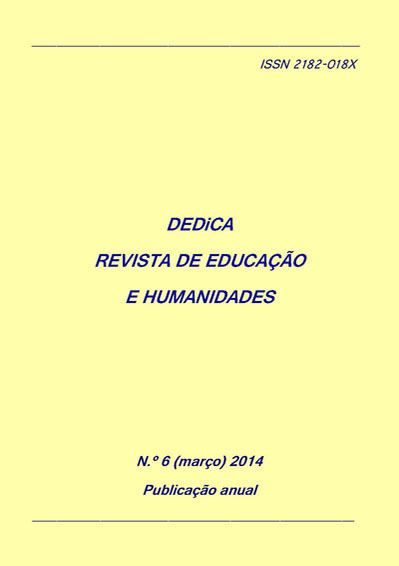Art and its reception
DOI:
https://doi.org/10.30827/dreh.v0i6.6960Keywords:
creators’ self, absorption, rejection from the audience, new codes, new spacesAbstract
It can be seen at a first glance how far the position of the artist-creator versus his work’s natural audience has changed. Considering that in the course of history Art has maintained – in Arnold Hauser’s words – a balance between convention and originality, with the former contributing as the connecting thread and the latter to novelty and progress, the twentieth century has accelerated processes intensely since its beginnings, and in the case of music so frenetically during its second half, that the positions of artist and audience have distanced themselves from each other. The creator’s self-absorption frequently generates attitudes of rejection from an audience which seems unable to keep up with the vital signs of artistic feeling, – surprise, admiration and emotion – and which must find new ways of approach, new paradigms, at times forgetting almost completely what it deemed solidly established. Now it is the recipient who must search for new codes, as the creator does not search for his public but challenges them from a distant and unexplained position.
In addition to that, perhaps new spaces for reception should be recreated.
Downloads
References
Belting, H. (2010). Imagen y Culto. La historia de la imagen anterior a la era del arte. Madrid: Akal.
Benjamin, W. (1989). La obra de arte en la época de su reproduc-tibilidad técnica. En W. Benjamin, Discursos interrumpidos, I, 15-60. Bue-nos Aires: Taurus.
Danto, A. C. (2012). Después del fin del arte. El arte contemporá-neo y el linde de la historia. Barcelona: Paidós Estética.
López Cano, R. (2011). Música y retórica en el barroco. Alicante: Amalgama.
Lutoslawsky, W (1998). El compositor y el oyente. Revista Pauta. Cuaderno de teoría y crítica musical, 67, Julio - Septiembre (1998) 5-8.
Meyer, L. B. (1956). Emotion and Meaning in Music. Chicago: University Chicago Press.
Prego Rajo, B. (1994). En torno a la música de los primeros tiem-pos del Camino de Santiago. Discurso de ingreso en la Real Academia de la Purísima Concepción de Valladolid. Valladolid: Publicación de esta institución.
Rosen, Ch. (1986). El estilo clásico. Haydn, Mozart, Beethoven. Madrid: Alianza Editorial.
Trías, E. (2012). El canto de las sirenas. Barcelona: Galaxia Gu-temberg.












